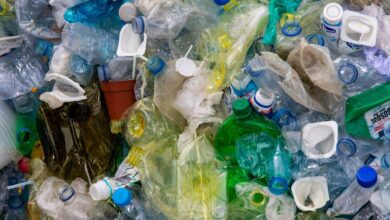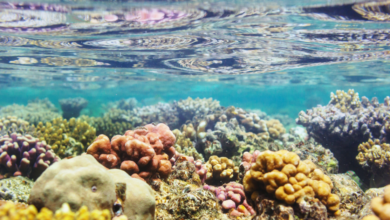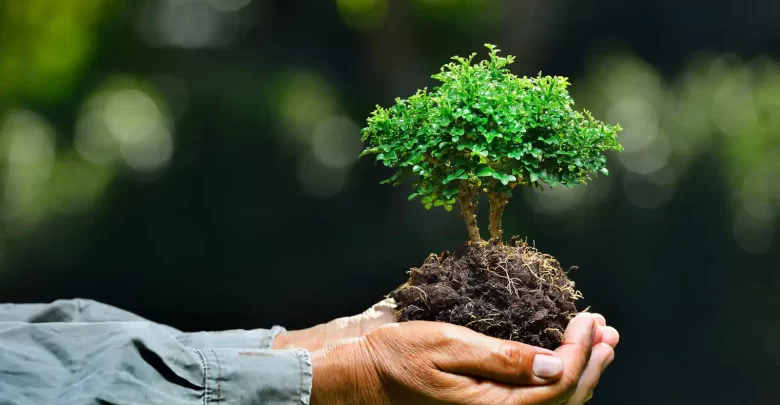
Environmental awareness involves understanding the impact of human activities on the environment and recognizing the importance of sustainable practices. Conservation refers to the protection, preservation, and management of natural resources to ensure their long-term viability. By raising awareness about environmental issues and implementing conservation measures, we can safeguard our planet for future generations.
2. The Role of Individuals in Environmental Awareness and Conservation

Individuals play a crucial role in environmental awareness and conservation. By educating themselves about environmental issues, they can make informed choices and take actions that contribute to a sustainable future. One important topic that often comes up in discussions about environmental awareness is global warming. Understanding the causes and consequences of global warming is essential for individuals, including kids, to comprehend the urgency of environmental conservation efforts.
Educating oneself about environmental issues is the first step toward making a difference. Initiatives aimed at social good focus on empowering individuals to take action and make positive contributions to the environment. By instilling a sense of responsibility and providing education and resources, these initiatives promote environmental awareness among people of all ages.
Adopting sustainable lifestyle choices is another key aspect of individual involvement in environmental conservation. One area where individuals can make a significant impact is through reducing their carbon footprint. For example, embracing energy-efficient practices and supporting renewable energy sources can contribute to the fight against climate change and align with AI and environmental goals, which seek to leverage technology for sustainable development.
Reducing waste and practicing recycling are important habits for individuals to adopt. Teaching kids about the importance of recycling and waste management contributes to their environmental awareness. When discussing environmental conservation with children, it can be helpful to share environmental quotes that inspire and highlight the importance of their role in preserving the planet.
Conserving energy and water are simple yet effective ways for individuals to contribute to environmental conservation. Encouraging kids to turn off lights when not in use, use water responsibly, and appreciate the value of these resources cultivates a sense of responsibility towards the environment.
3. Environmental Organizations and Their Impact
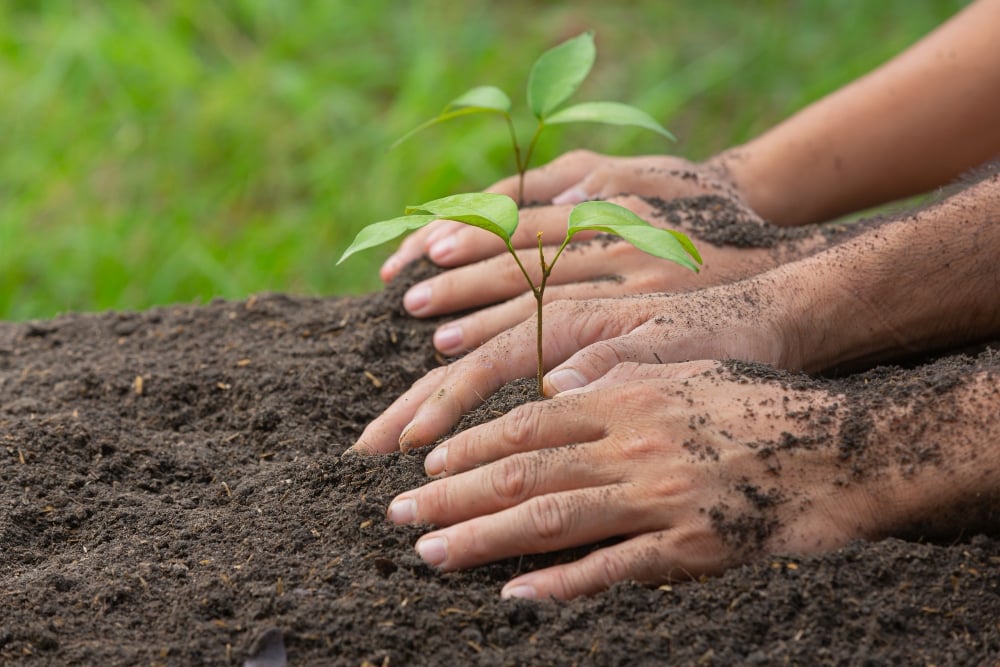
Prominent environmental organizations, such as Greenpeace, World Wildlife Fund (WWF), and The Nature Conservancy, play a crucial role in raising awareness and advocating for conservation. These organizations work tirelessly to protect the environment through various campaigns and initiatives. They act as catalysts for change by organizing awareness campaigns, conducting research, and lobbying governments to implement sustainable policies.
Kids can actively participate in the initiatives of these organizations, such as educational programs and events designed specifically for young environmental enthusiasts. By engaging with environmental organizations, children can learn about successful environmental campaigns and understand the impact of collective action.
4. Government Initiatives for Environmental Awareness and Conservation
Governments worldwide recognize the need for environmental protection and have implemented policies and regulations to address pressing issues. Steps taken by governments to combat climate change are especially significant. By incorporating climate change considerations into legislation and policymaking, governments contribute to global environmental efforts. This aligns with the focus of the upcoming COP28 Climate Change Conference, where governments will come together to discuss and strategize actions to mitigate climate change.
Funding and support for conservation projects are crucial components of government initiatives. Governments allocate financial resources to organizations and communities working towards environmental conservation. This support enables them to undertake vital conservation efforts, such as habitat restoration, species protection, and educational programs focused on environmental awareness.
International collaborations are another important aspect of government efforts. By engaging in collaborations and agreements, governments promote knowledge sharing, technology transfer, and coordinated action to address environmental challenges. These collaborations pave the way for environment documentaries that showcase successful conservation stories and raise awareness on a global scale.
5. Corporate Responsibility and Environmental Conservation
Businesses have a significant impact on the environment, and recognizing their responsibility is crucial for environmental conservation. Many companies now integrate green therapy plants and sustainability practices into their operations as part of their corporate social responsibility initiatives. They focus on reducing their environmental footprint, supporting conservation projects, and implementing eco-friendly practices.
Incorporating sustainable practices within their operations is one way businesses demonstrate their commitment to environmental conservation. By using renewable energy sources, reducing emissions, and promoting eco-friendly products, companies contribute to a greener and more sustainable future. They set examples for others to follow and inspire change across industries.
6. Educational Programs for Environmental Awareness

Educational programs play a vital role in fostering environmental awareness and a sense of responsibility towards the environment. Incorporating environmental education into school curricula and university programs is essential. Students learn about environmental issues, sustainable practices, and the importance of conservation. It is through education that children understand the significance of Earth Day and learn about the positive impact they can have on the environment.
Engaging students in hands-on conservation activities further enhances their understanding and commitment to environmental conservation. Activities such as tree planting, habitat restoration, and beach cleanups expose students to real-world conservation efforts and instill a sense of responsibility.
The importance of fostering a sense of responsibility towards the environment cannot be overstated. Environmental education should aim to inspire students to take ownership of their actions and make a positive impact. By nurturing a deep appreciation for nature and teaching the importance of sustainable practices, we empower future generations to protect and conserve the environment.
7. Technological Innovations in Environmental Conservation
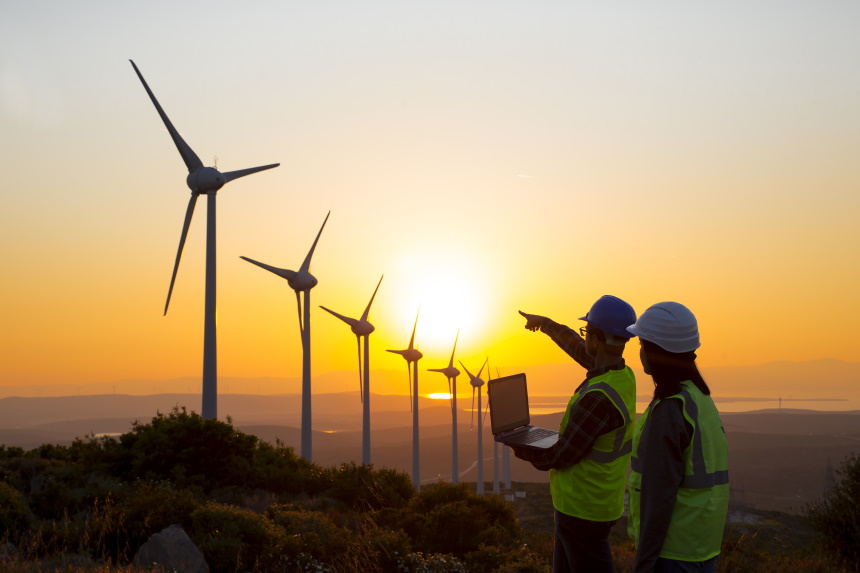
Technological innovations are driving advancements in environmental conservation. These innovations are shaping the way we approach sustainability and offer promising solutions to environmental challenges.
One significant area of technological innovation is the use of AI and environmental goals. Artificial intelligence has the potential to revolutionize environmental conservation efforts by providing valuable insights, optimizing resource management, and facilitating data-driven decision-making. AI-powered systems can analyze large datasets to identify patterns, monitor ecosystems, and detect potential threats to biodiversity. By leveraging AI technologies, conservationists can make more informed decisions and implement targeted strategies for protecting vulnerable species and habitats.
Renewable energy sources, such as solar and wind power, are also at the forefront of technological advancements in environmental conservation. Improved efficiency, increased affordability, and widespread adoption of renewable energy technologies contribute to the reduction of greenhouse gas emissions and the transition to a low-carbon economy. The integration of renewable energy sources into the power grid promotes sustainable energy production and reduces reliance on fossil fuels.
Another area where technology is making a significant impact is in green building practices. The construction industry is embracing sustainable materials, energy-efficient designs, and smart building systems that optimize energy usage, water consumption, and waste management. Green buildings not only minimize their environmental footprint but also provide healthier and more comfortable living and working spaces for occupants.
Advancements in waste management and recycling technologies are addressing the pressing issue of waste accumulation. Innovations such as advanced sorting systems, robotic automation, and waste-to-energy technologies improve the efficiency of waste management processes. These innovations enable the recovery of valuable materials from waste streams and promote a circular economy, where resources are reused and recycled rather than discarded.
8. The Impacts of Climate Change on Environmental Conservation Efforts

Climate change poses significant challenges to environmental conservation efforts. Its impacts are far-reaching and have consequences for ecosystems, biodiversity, and human well-being.
Rising temperatures have profound effects on ecosystems. Global warming for kids is a concept that helps younger generations understand the consequences of increasing temperatures. Changing climate patterns disrupt habitats, shift species distribution, and threaten the survival of many plant and animal species. Polar ice melting, coral bleaching, and altered migration patterns are some visible effects of rising temperatures.
One of the direct consequences of climate change is the increased frequency and intensity of natural disasters. Hurricanes, floods, droughts, and wildfires are becoming more severe and frequent, causing widespread ecological damage, loss of biodiversity, and human suffering. These events disrupt ecosystems, displace communities, and strain resources.
The urgency to address climate change and its impacts has never been greater. Governments and organizations worldwide are taking steps to mitigate climate change and adapt to its effects. The adoption of renewable energy sources, the promotion of energy efficiency, and the implementation of climate adaptation strategies are some of the measures being undertaken to combat this global challenge.
9. Challenges and Solutions in Environmental Conservation
While progress has been made in environmental conservation, significant challenges persist. However, innovative solutions and collective action can overcome these obstacles and pave the way for a sustainable future.
Deforestation and habitat loss remain critical issues in environmental conservation. The destruction of forests for agricultural expansion, logging, and urban development threatens biodiversity and disrupts ecosystems. To combat deforestation, governments and organizations need to implement stricter regulations on logging, support sustainable forestry practices, and promote reforestation initiatives to restore and protect vital forested areas.
Pollution, both on land and in water, continues to degrade ecosystems and endanger species. Industrial activities, improper waste disposal, and agricultural practices contribute to pollution. Addressing pollution requires the implementation of stricter regulations, the adoption of cleaner technologies, and the promotion of responsible waste management practices. Efforts should focus on reducing pollutant emissions, promoting recycling and circular economy practices, and raising awareness about the importance of preserving clean water sources.
Promoting sustainable agriculture and land use is crucial for environmental conservation. Unsustainable farming practices, including excessive use of chemical fertilizers and pesticides, contribute to soil degradation, water pollution, and biodiversity loss. Encouraging sustainable farming methods such as organic farming, agroforestry, and regenerative agriculture can protect soil health, conserve water resources, and preserve biodiversity.
Read More About Why Bees Are Important for Human Existence?
10. Conclusion
Environmental awareness and conservation are essential for safeguarding the health and well-being of our planet. By recognizing the role of individuals, organizations, governments, and businesses, we can collectively work toward a sustainable future. Through education, technological innovations, government initiatives, and responsible corporate practices, we can address pressing environmental challenges such as climate change, deforestation, pollution, and habitat loss.
It is crucial to instill a sense of environmental responsibility in younger generations, as they are the stewards of our planet’s future. By fostering a deep appreciation for nature, providing educational opportunities, and encouraging active participation in conservation efforts, we can empower them to become advocates for environmental sustainability.
In conclusion, environmental awareness and conservation are ongoing efforts that require continuous engagement and collaboration. By taking proactive measures, implementing sustainable practices, and supporting initiatives aimed at environmental protection, we can create a greener, healthier, and more sustainable world for present and future generations.
FAQs
1. Why is environmental awareness important?
Environmental awareness is important because it helps individuals understand the impact of their actions on the environment and encourages them to make sustainable choices. It promotes a sense of responsibility and empowers people to contribute to environmental conservation.
2. How can I get involved in environmental conservation?
There are many ways to get involved in environmental conservation. You can start by educating yourself about environmental issues, adopting sustainable practices in your daily life, volunteering for local conservation organizations, supporting eco-friendly businesses, and advocating for environmental policies.
3. What is the role of governments in environmental conservation?
Governments play a crucial role in environmental conservation by implementing policies and regulations, funding conservation projects, and engaging in international collaborations. They have the power to drive systemic change and create a favorable environment for sustainable development.
4. How can businesses contribute to environmental conservation?
Businesses can contribute to environmental conservation by implementing eco-friendly initiatives, supporting renewable energy sources, reducing emissions, adopting sustainable practices in their operations, and promoting corporate social responsibility. They can also invest in research and development of green technologies.
5. How does climate change impact environmental conservation?
Climate change poses significant challenges to environmental conservation as it leads to rising temperatures, increased natural disasters, and habitat loss. Addressing climate change is crucial for preserving ecosystems, biodiversity, and the overall health of the planet.



